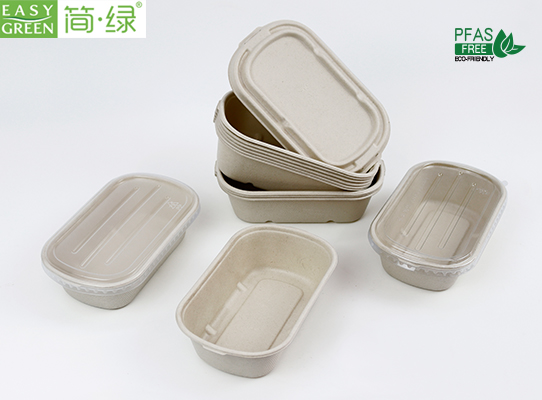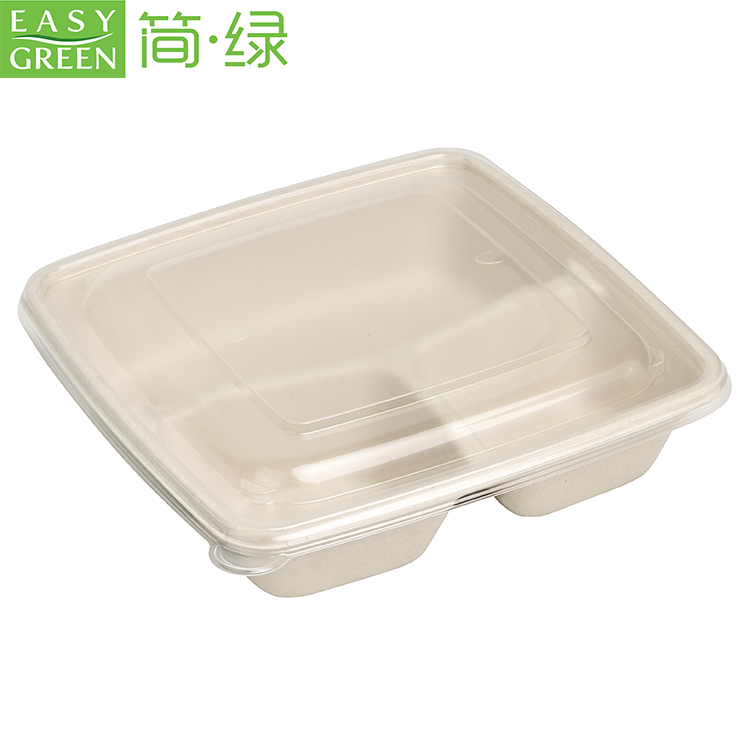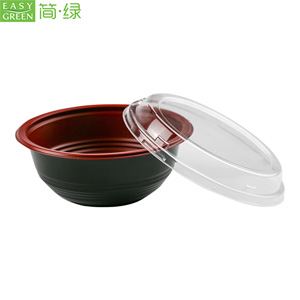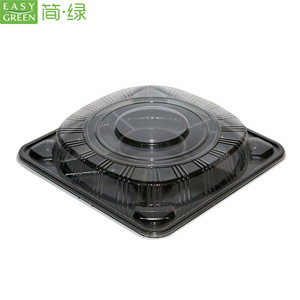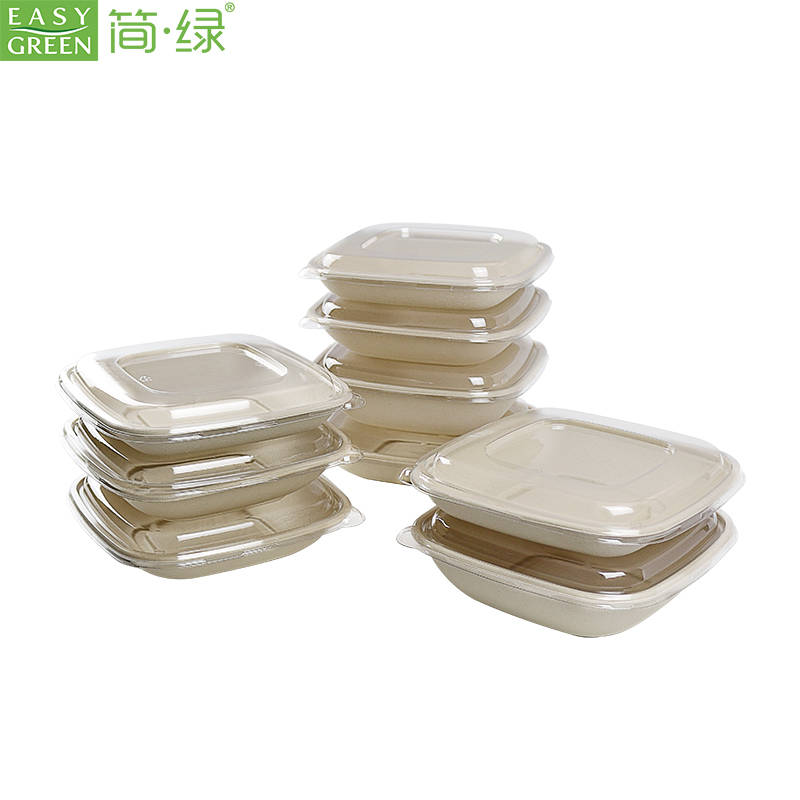In the fast-paced world of modern consumption, food packaging has become an integral part of our daily lives, ensuring the safety, hygiene, and convenience of the products we consume. However, the environmental implications of this ubiquitous practice are profound and cannot be overlooked. This article delves into the multifaceted ways in which food packaging impacts the environment, highlighting the urgency for adopting eco-friendly, biodegradable, and recyclable packaging solutions.
1. Waste Generation and Landfill Accumulation
One of the most pressing concerns is the sheer volume of waste generated by food packaging. Non-biodegradable materials like plastic, aluminum, and glass, while effective in preserving food quality, contribute significantly to landfills worldwide. These materials take centuries to decompose, occupying valuable space and posing risks to soil and groundwater quality through leaching of harmful chemicals.
2. Marine Pollution
A substantial portion of discarded food packaging ends up in our oceans and waterways, contributing to the devastating problem of marine pollution. Plastic, in particular, breaks down into microplastics that are ingested by marine life, disrupting food chains and posing threats to human health through the consumption of contaminated seafood.
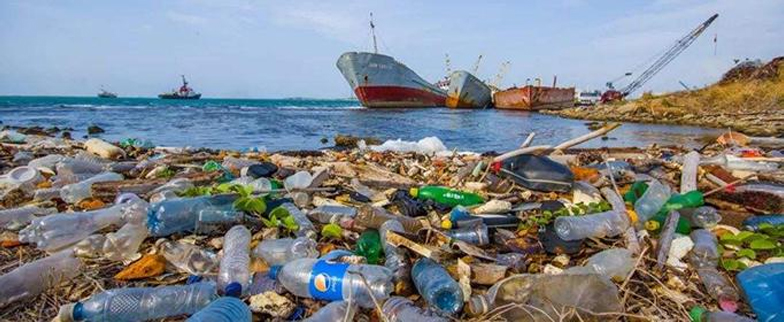
3. Impact on Wildlife
Animals, both terrestrial and aquatic, are frequently found entangled in or ingesting discarded food packaging. This can lead to suffocation, starvation, or poisoning, causing immeasurable suffering and population declines among vulnerable species.
Given these dire consequences, it is imperative that we shift towards eco-friendly food packaging practices. Here are a few actionable steps:
1. Promote Biodegradable Materials: Encourage the use of materials like compostable plastics derived from plant-based sources, cellulose, and starch. These materials break down naturally in the environment, reducing waste accumulation.
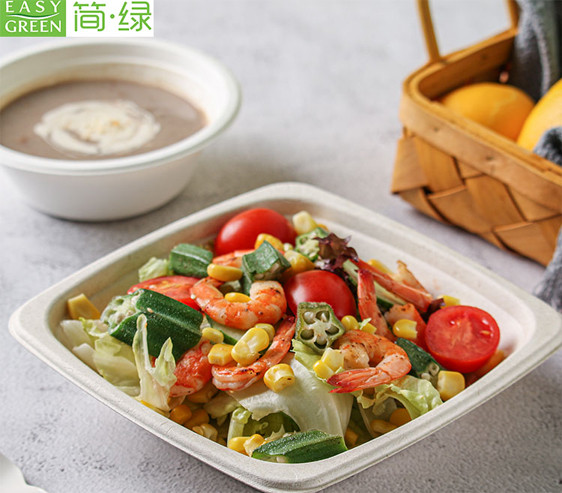
2. Increase Recyclability: Design packaging that is easily recyclable and marked with clear recycling instructions. This encourages consumers to recycle rather than discard packaging, thereby reducing waste and conserving resources.
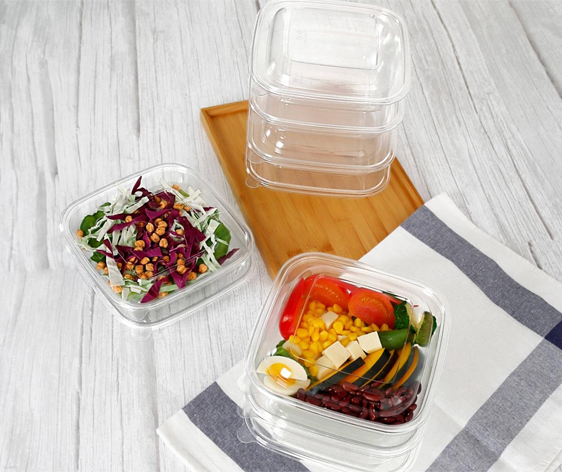
3. Consumer Awareness and Education: Raise awareness about the environmental impact of food packaging and encourage consumers to make informed choices, favoring products with sustainable packaging.
Food packaging, while essential for modern food distribution, poses significant challenges to our environment. By embracing sustainable packaging solutions, we can mitigate these impacts and safeguard our planet for future generations. It is a collective responsibility that requires collaboration between governments, industries, and consumers alike. Let us take action today to protect our environment and ensure a healthier, more sustainable future for all.
 English
English 
